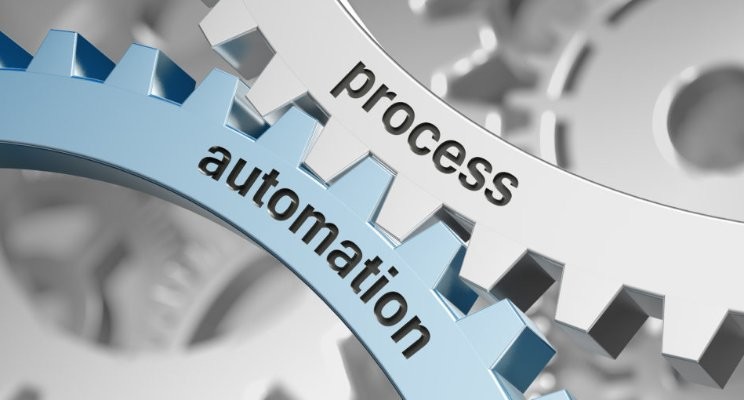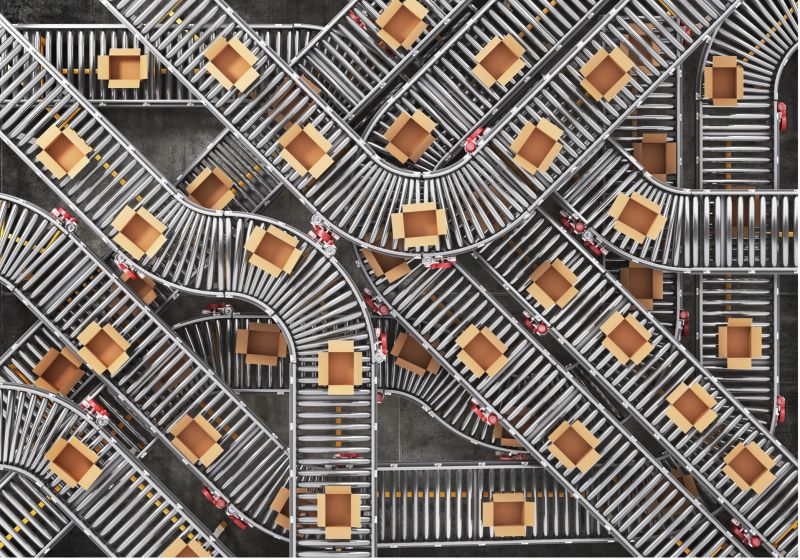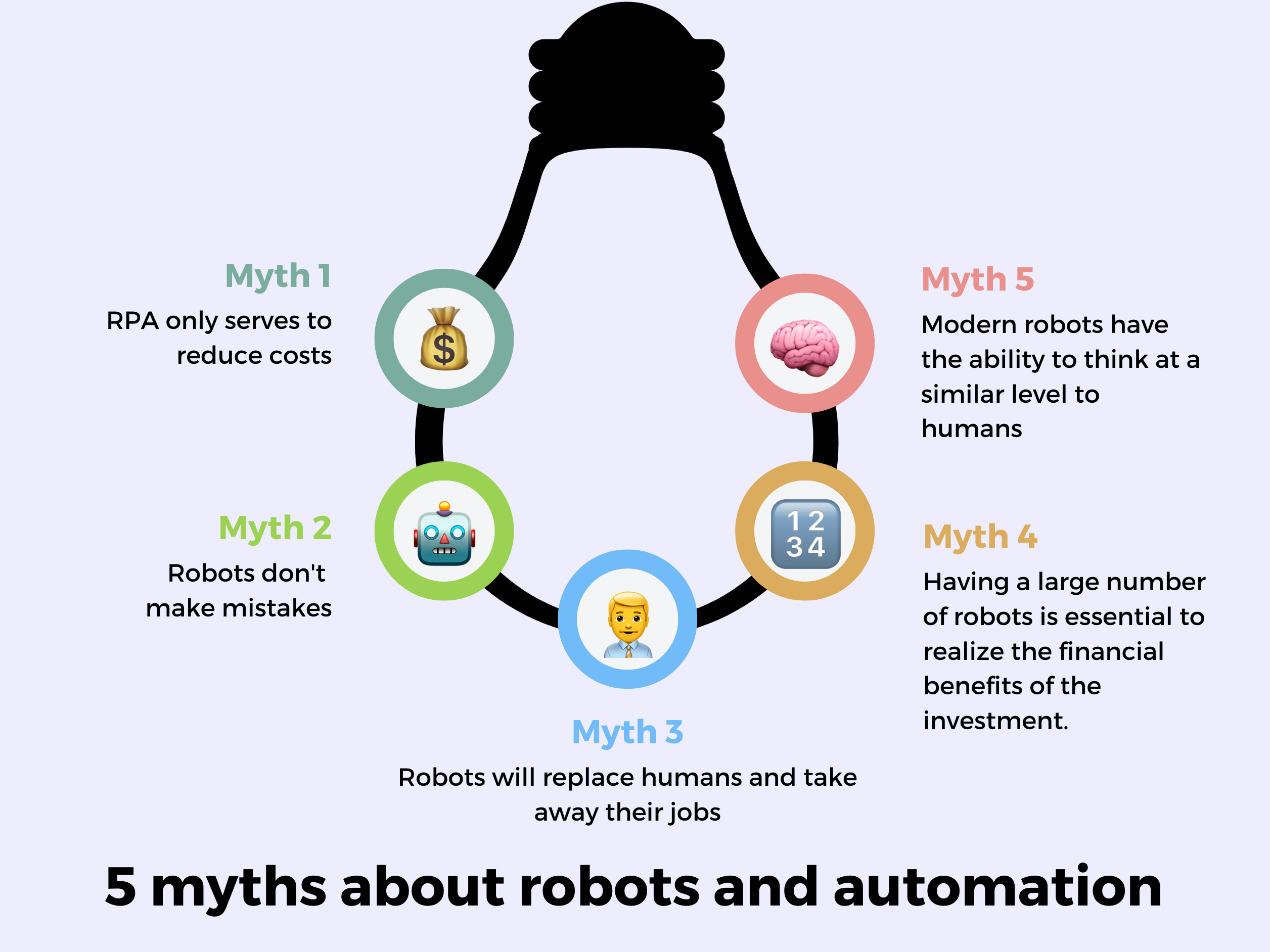Unlocking the Potential of RPA Technology 🔍 RPA Technology, although it may seem like a simple technology, currently plays a crucial role in connecting systems and data to optimize manual processes in businesses. 🌐 But is this the end of its positive values? 1. Relationship & Communication In every company, effective collaboration and communication between teams are the foundation of innovation and productivity. RPA, with its versatility and adaptability, can bring more benefits than it seems, promoting open communication and innovations at various levels of the enterprise. 🤝 Above all, RPA can help improve the flow of information between different teams. Through process automation, data can be transmitted quickly and accurately, eliminating the risk of human errors. This allows for faster response times and improved efficiency. Employees have access to up-to-date and accurate information, making decision-making and problem-solving easier. As a result, collaboration between teams becomes smoother and more effective. 2. RPA & Innovation RPA has the potential to be the foundation of collaboration and innovation, especially in the context of emerging technologies like generative artificial intelligence. 🤖 However, RPA is not just a tool for replacing people; it is also a crucial element of development in the era of artificial intelligence (AI). RPA and AI together create a powerful tool that allows organizations to automate processes while generating new ideas and solutions. Thanks to RPA, organizations can optimize their business processes, eliminating errors and increasing efficiency. However, the combination of RPA and AI offers the opportunity to create something truly innovative, contributing to the development of the company. 3. Integrating Humans We believe that RPA has the potential to succeed in this role as a technology based on humans, not just IT. Without the engagement and support of people, change will not happen. 🌿 Integrating humans with RPA does not mean replacing employees with robots. On the contrary, RPA aims to support employees and offers many benefits, such as increased efficiency and the elimination of routine tasks. People need to be aware of the potential of RPA and how it can improve their daily tasks. RPA is more than just automation – it is a key technology that can transform the way your company operates, providing a foundation for collaboration and innovation. Time will tell how the landscape of artificial intelligence and automation will unfold and how it will be received. But we believe in the potential of RPA and in people who are capable of achieving success both now and in the future. 🙌 Don’t miss this opportunity to discover the potential of RPA and how it can impact the future of your company! 🚀 Contact us to discover how we operate and how RPA can change the future of your company! Author: Monika Serafin, Service Delivery Manager










